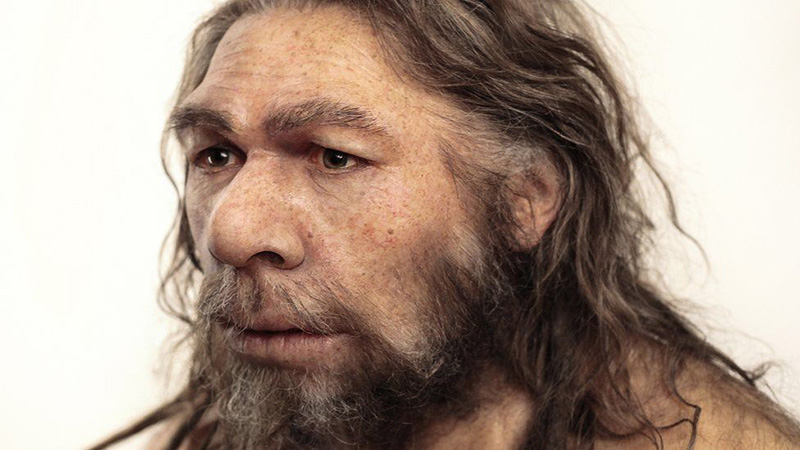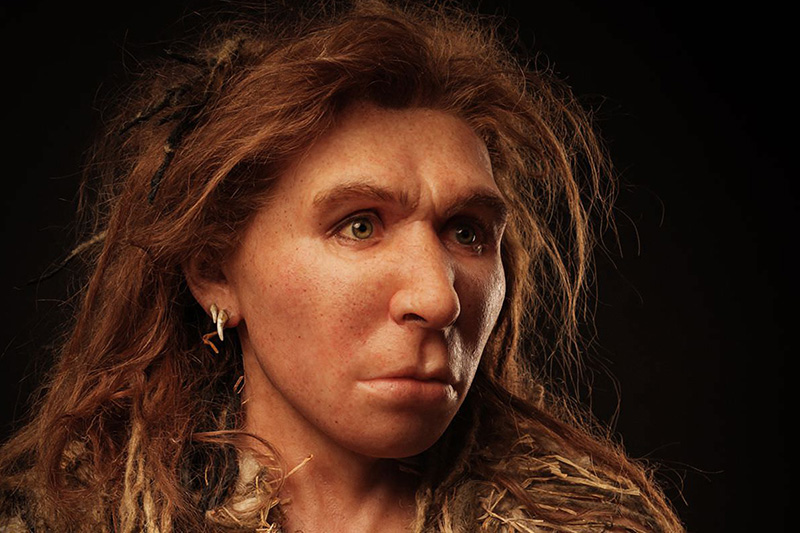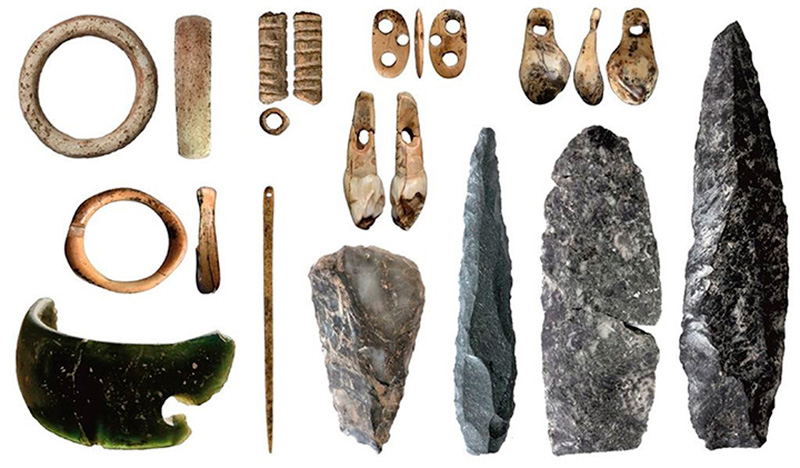Neanderthals, a distinct species of humans, once roamed the lands of Europe and parts of Asia between 200,000 to 40,000 years ago. Their existence stands as a testament to our shared ancestry and provides a window into our evolutionary past. Although Neanderthals exhibited striking similarities to modern humans, they also possessed distinctive characteristics that set them apart.
Physical Traits and Distinctions

Neanderthals were known for their robust physiques, boasting larger frames and brains compared to their modern human counterparts. Their unique cranial structure, characterized by a pronounced brow ridge and a receding chin, contributed to their distinct appearance. These physical differences have fascinated scientists, providing clues to the evolutionary path that diverged from the lineage of modern humans.
Cultural Advancements
Contrary to the popular stereotype of Neanderthals as primitive beings, archaeological evidence paints a more nuanced picture of their sophistication. Neanderthals displayed an impressive level of cultural advancement, showcasing their abilities to craft intricate tools like spears, axes, and knives. These tools were not only practical but also demonstrated a mastery of techniques passed down through generations.
Furthermore, Neanderthals exhibited a level of social organization and cognitive capacity that suggested complex behaviors. They built shelters, utilized fire, and even engaged in symbolic expression. Artifacts such as carved figurines and ochre paintings found at Neanderthal sites provide a glimpse into their symbolic culture and artistic inclinations.
Relevance to Modern Humans
The impact of Neanderthals on modern humans remains a subject of scientific debate. Some researchers propose that interbreeding between Neanderthals and modern humans resulted in a genetic legacy present in certain populations today. Studies have revealed traces of Neanderthal DNA in the genomes of non-African populations, highlighting a potential intermingling of genetic material during our shared history.

Beyond genetics, the cultural achievements of Neanderthals hold significance. Their tool-making abilities, shelter construction, and potential artistic endeavors underscore their capacity for innovation and problem-solving. Understanding Neanderthals allows us to better comprehend the cultural diversity and adaptability of our ancient ancestors, providing valuable insights into our own evolutionary journey.
Pivotal Neanderthal Artefacts
Neanderthal artifacts offer glimpses into their lives and enhance our understanding of their culture:
Fossil remains: Neanderthal fossils provide tangible evidence of their physical characteristics, granting us insights into their biology and appearance.
Tools: Neanderthal tools reveal their technological prowess and shed light on their daily lives, hunting techniques, and craftsmanship.

Art: Neanderthal art, though sparse, offers glimpses into their symbolic expression and artistic inclinations, serving as a testament to their cognitive abilities.
Hominin remains: In addition to Neanderthals, other hominin species like the Denisovans coexisted with modern humans, further enriching our understanding of our evolutionary story through their archaeological remnants.
Neanderthals represent a captivating chapter in human history. As our closest human relatives, they challenge preconceived notions and provide invaluable insights into our origins. While much remains to be uncovered about their way of life, one thing is certain: Neanderthals were integral to our ancestral narrative, continuing to captivate our curiosity and inspire further exploration.






